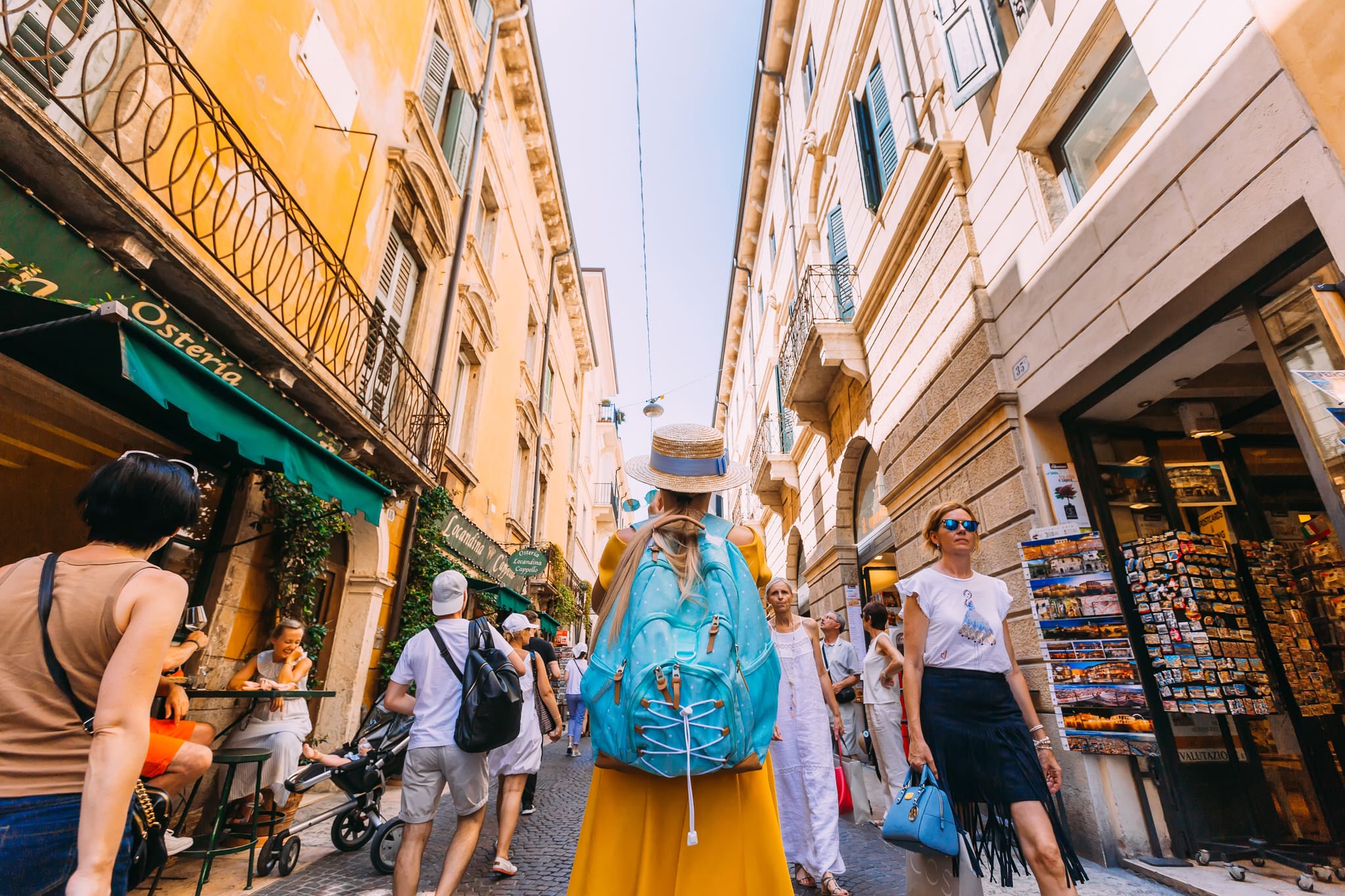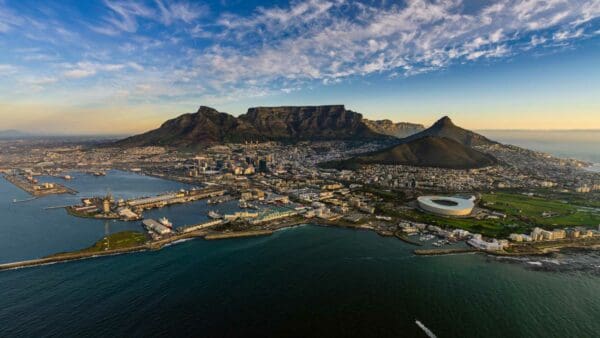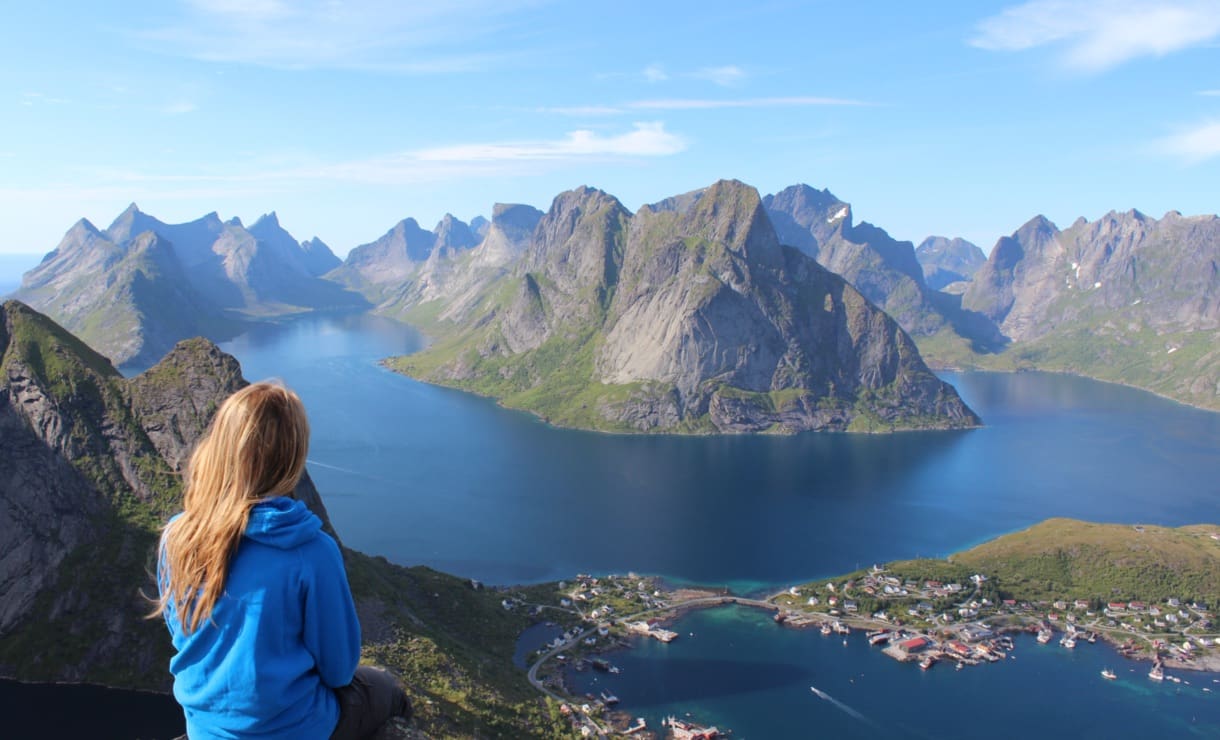We wanted to give you all a more in-depth view of the interior of Malaysia where some of the native people, called the Orang Asli, live on the shorelines of Banding Lake surrounded by jungle so far removed from anything “western” or modern. I want to share about our short time with the natives and Pastor Loh, and how it touched our hearts.
Pastor Loh is the pastor of a Lutheran church here in P. Hulu. She has been here for 20 years doing ministry with many of the local people groups. Around 10 years ago she went out into the jungle where the natives still donned their traditional clothing, spoke their native language, and survived as they had for hundreds of years. She began to minister to two of the tribes whose chiefs were actually brothers. After 10 years many have accepted Christ and now wear clothing, but not much else has changed. They still hunt wild boar, live in their huts, worry about elephants destroying their crops and houses, consider women fit to be mothers when they are 10 or 11, and fear outsiders. Pastor Loh wanted us to experience their lifestyle and encourage their walk with Christ.

We drove for an hour and a half to the jetty where we saw a small floating village connected by an unstable bridge of spare pieces of wood on top of empty barrels. A few minutes later we saw what turned out to be our “captain” navigating a small canoe like boat, probably otherwise used for fishing. This would be our one hour transport to the two villages we planned to visit. So we loaded up the food we had purchased for the villages and put our fancy life vests on and headed to meet the natives. The journey to the villages was idyllic. We drove through windy passage ways that were surrounded by mountainous jungle toped with bright white billowing clouds. For the first half of the trip we were all talking about how amazing the view was and how it was a unique experience for us. For the last 30 minutes we all simply marveled in silence at the vastness of the lake and jungle.

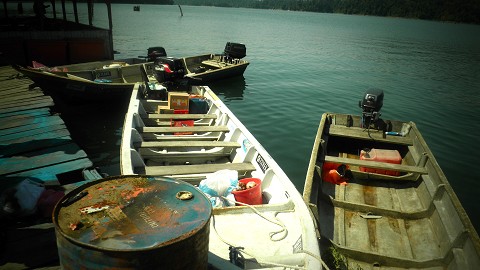

After an hour we finally began to see the villages that were just off the shoreline. From the distance we could just make out the huts, a few people, and smoke coming from some small fires. As we approached the first village we could see people running to hide from us. We exited the boat and hauled our gifts for the people to their open air church which was made out of a thatched roof with a bamboo flooring. The floor was about 20 feet off the ground held by posts that ran into the side of a hill. You could see down to the ground through the cracks in the bamboo, which made us a bit nervous! I’m pretty sure the capacity was around 120 pounds; the average size of the native people not the American guests. We tiptoed around until we found a “solid” place to sit down and wait for the natives to come out of hiding. Pastor Loh would call to them to come out and stop hiding. After around 10 minutes a few of the mothers began to come to the church and sit next to Pastor Loh. They made sure as not to sit to close to the foreigners. One by one people began to come out of their huts and see what all the commotion was about. The fact that we were handing out food may have been a good incentive to come and have a look as well. We were also able to bring some of our clothes and hand them out to the ladies. During our time there we were able to act out the story of David and Goliath and give them an encouraging word. We also sang them songs and learned about their lifestyle. The whole time we were there the chief of the village never left the steps of his village as he was still unsure of us and our motives. By the end of our time at this first village they were a bit more comfortable with us but still reluctant to sit to close or trust us completely. As we were leaving they did line up and wave goodbye to us. Even the chief finally left his steps to stand at the top of the hill and watch us float away.
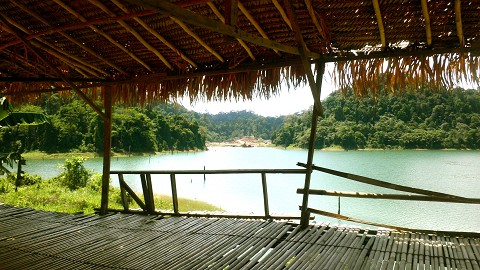


The next village was a two minute boat ride away where we were met with a bit of a different reaction. As soon as we got the the church we were greeted by the chief of this tribe. His name was Kevin and he was the elder brother of the chief in the first tribe. It seemed as though the chief set the tone for the whole village. In the first village the chief was shy and didn’t want to talk to us and the whole village followed suit. In this village the chief was willing to come and sit with us from the start and so the whole village followed his lead. The people were very open with us. They were sharing some of their traditional food with us and showing us how to skin it and eat it. It was a root that tasted similar to a potato. It was their main source of nutrition as their crops have been getting attacked by the elephants in the jungle. Because of the elephants they were also unable to stray to far from the village and leave their crops and houses unprotected. The root, ubikayu, has been their main meal for the past 2 weeks due to the attacks of the animals. The food we purchased and brought to them would last the tribe around 2 days. Though it was not much they were still very grateful. This tribe even performed a traditional dance for using large pieces of bamboo as instruments and dancing around in circles. They even allowed the girls from the team to get up and dance with them and use leaves to make noises in their hands. It was a rare treat that we were able to experience this traditional performance as Pastor Loh had never seen it in the past 10 years of doing ministry with the village. In this village we were also able to share a bible story with them, give the children stickers, and leave food for them to eat. When we were about to leave, the girls were prompted to give the chief and a few other men of the tribe a goodbye kiss on the cheek since that’s what white people do. I’m pretty sure they thought we were European or something! : ) I tried to give the girls a goodbye kiss too, but most of them ran away screaming….not sure what that was about! It was amazing to see the difference between the two tribes and the way they reacted to us and included us in their culture.

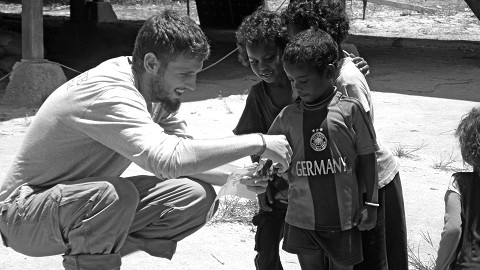
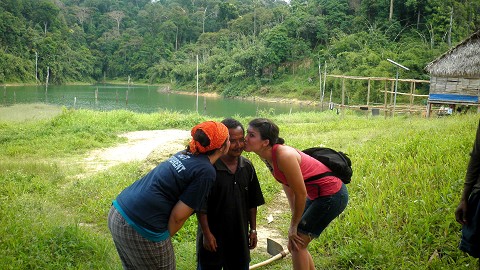
Both of the villages are still a bit dependent on people like Pastor Loh for many of their needs. Because many of them do not have a proper education or profession they have no way so supporting themselves apart from what the government gives and what they can grow or do on their own. They are hoping to find a way to gain income so they can buy their own food or have money to take people the hospital if they get sick. One way they plan to do this is with rubber trees. They have already cleared land to plant these trees and are just waiting on the provision. It can take a rubber tree anywhere from 7 to 14 years to start producing and be able to harvest. If they receive these trees it will cost around 1000 Malaysian Ringgit or around 350 USD to support their future generations. Right now they have so many needs and not enough support. The government offers them help from time to time if they will convert to Islam, but they refuse and profess that they are Christians and rely on God and people like Pastor Loh to provide. It was a truly humbling experience to share with these brothers and sisters in Christ and not be able to provide more for them. At the end of our time at the second village we were asked to come back in a few days, which is apparently not something that happens very often! Though we were not able to go back, we are hopeful that more people will get the opportunity to experience the natives like we were able to and continue to make a difference in the Kingdom. We will continue to pray for Pastor Loh, her Church, and the natives she ministers to. We will pray for continual blessings for every person we have come in contact with and we know that God will answer our prayers and the prayers lifted up by these amazing Christians! I will forever be grateful for this experience and God’s wondrous love for all people groups around the world!
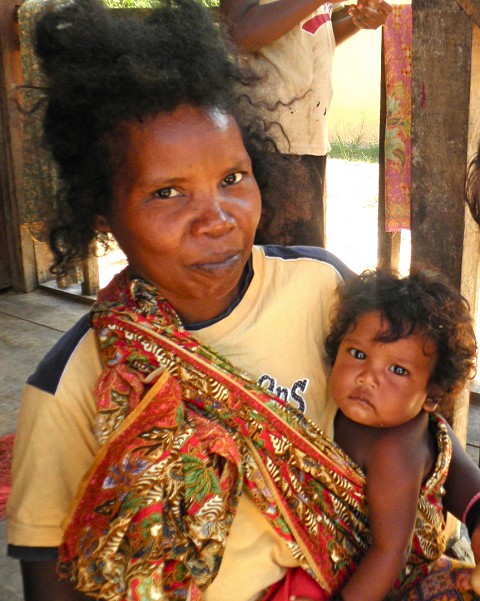
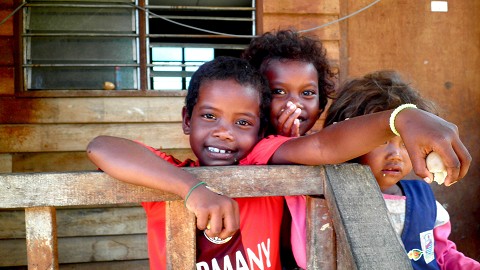
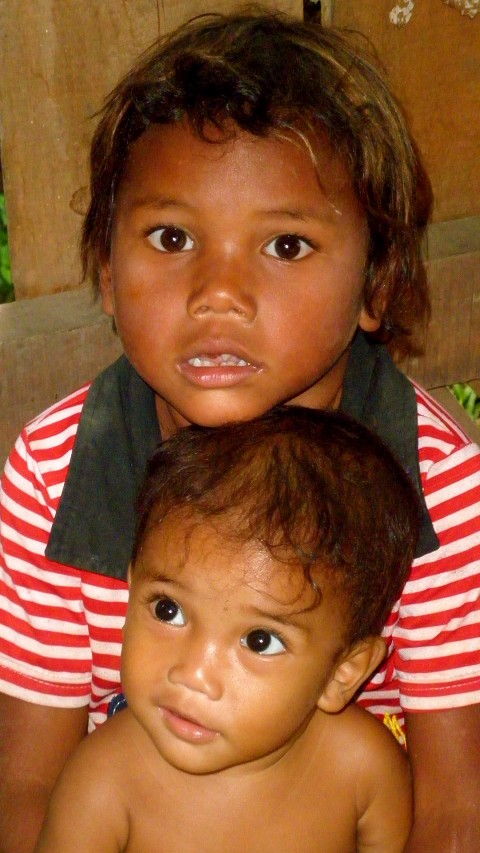
Below is a link to our facebook pictures In the Jungle. It is a public link so you don’t have to have facebook to see them. You can just scroll down the side and look through them in the album setting or you can click on the first picture and go through them one by one (by clicking next). (Do not click on “view pictures” it will take you off of this page). They all have captions on the bottom to help you understand what we are doing.
http://www.facebook.com/media/set/fbx/?set=a.533141968663.2031730.160200898&l=7fd100d269


